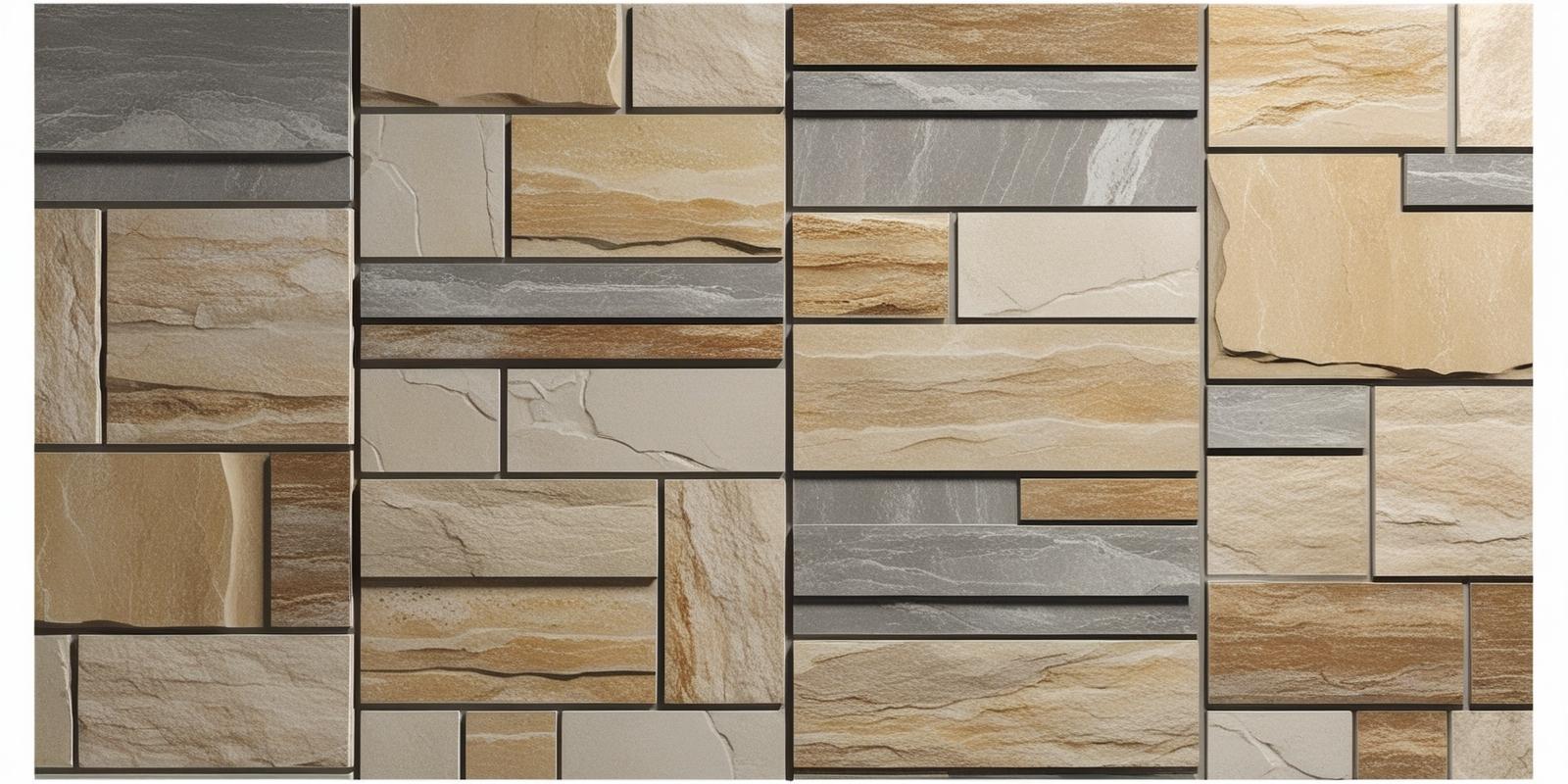- Login
- Register
External Walls and Facade Cladding: A Comprehensive Guide to Materials, Benefits, and Modern Trends

External walls and facade cladding are critical elements of building design, offering both functional and aesthetic advantages. Whether you’re constructing a new property or renovating an existing one, understanding cladding options can help you make informed decisions. This guide dives deep into materials, benefits, installation, maintenance, and emerging trends in facade cladding.
What is Facade Cladding?
Facade cladding refers to the protective and decorative layer applied to the exterior walls of a building. It shields structures from weather, improves insulation, and enhances visual appeal. Cladding systems can be made from diverse materials, each offering unique properties to suit different climates, budgets, and design goals.
Popular Cladding Materials: Pros and Cons
1. Brick Cladding
- Pros: Timeless aesthetics, fire-resistant, low maintenance, excellent durability.
- Cons: Heavyweight, higher installation cost, limited design flexibility.
2. Natural Stone Cladding
- Pros: Luxurious appearance, weather-resistant, long lifespan.
- Cons: Expensive, requires professional installation.
3. Wood Cladding
- Pros: Natural warmth, renewable resource, customizable finishes.
- Cons: Susceptible to rot/insects, requires regular sealing/repainting.
4. Metal Cladding (Aluminum, Steel, Zinc)
- Pros: Modern aesthetics, lightweight, fire-resistant, recyclable.
- Cons: Prone to dents, thermal expansion issues, and higher cost for premium metals.
5. Vinyl (PVC) Cladding
- Pros: Affordable, low maintenance, moisture-resistant.
- Cons: Limited color options, less eco-friendly.
6. Fiber Cement Cladding
- Pros: Mimics wood/stone, fireproof, termite-resistant.
- Cons: Heavy, brittle during installation.
7. Composite Cladding
- Pros: Combines materials (e.g., wood-plastic), durable, and eco-friendly.
- Cons: Higher upfront cost.
8. Glass Cladding
- Pros: Sleek, modern look, maximizes natural light.
- Cons: High cost, glare/heat retention challenges.
Key Benefits of Facade Cladding
- Weather Protection: Shields against rain, wind, UV rays, and temperature fluctuations.
- Thermal Insulation: Reduces energy costs by improving thermal efficiency.
- Aesthetic Appeal: Transforms building exteriors with textures, colors, and patterns.
- Noise Reduction: Acts as a sound barrier in urban areas.
- Increased Property Value: Enhances curb appeal and longevity.
Installation Process: What to Expect
- Surface Preparation: Clean and repair existing walls.
- Moisture Barrier: Install waterproof membranes to prevent dampness.
- Insulation Layer: Add thermal or acoustic insulation (optional).
- Cladding Attachment: Fix panels using screws, adhesives, or interlocking systems.
- Finishing Touches: Seal joints, apply protective coatings, and ensure ventilation.
Always hire certified professionals to ensure compliance with local building codes and safety standards.
Maintenance Tips for Longevity
- Wood: Inspect annually for rot; repaint/seal every 3–5 years.
- Metal: Check for corrosion; clean with non-abrasive solutions.
- Vinyl: Wash with soapy water; avoid pressure washing.
- Natural Stone: Re-point mortar joints if cracked.
2025 Trends in Facade Cladding
- Sustainable Materials: Recycled metal, reclaimed wood, and low-carbon composites.
- Green Facades: Living walls with vertical gardens for improved air quality.
- Mixed Materials: Combining wood, metal, and glass for dynamic textures.
- Energy-Efficient Systems: Insulated cladding panels to meet eco-certifications.
- Bold Colors/Textures: Dark hues and 3D patterns for modern flair.
Choosing the Right Cladding: Key Considerations
- Climate: Opt for weather-resistant materials (e.g., metal in coastal areas).
- Budget: Balance upfront costs with long-term maintenance.
- Building Codes: Ensure compliance with fire safety and insulation standards.
- Architectural Style: Match cladding to the building’s design (e.g., rustic wood for cottages).
Conclusion
External walls and facade cladding play a pivotal role in protecting and beautifying buildings. From classic brick to innovative green walls, the right cladding solution can elevate your property’s durability, efficiency, and visual impact. At Earthstona.com, we offer expert guidance and premium materials tailored to your project’s needs.
Ready to transform your exterior? Explore our cladding solutions today and join the revolution in modern, sustainable building design!
Browse Earthstona’s premium cladding materials and consult our experts for a customized facade solution. Contact us now to get started!

